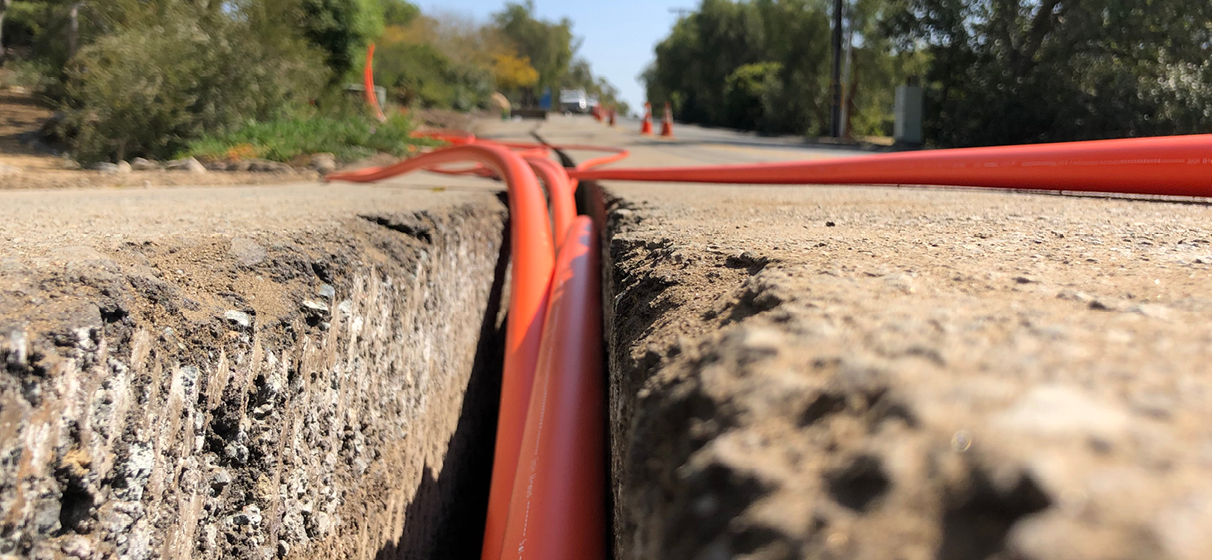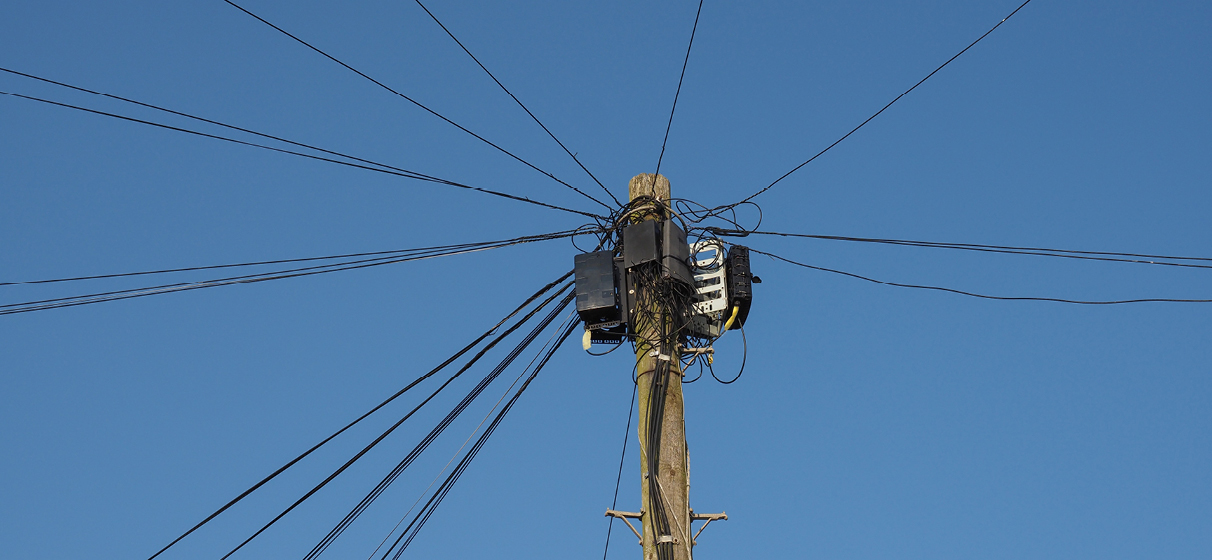The bipartisan Network Equipment Transparency (NET) Act was recently introduced to increase oversight of broadband supply chains. If passed, this legislation would help companies and fiber/broadband professionals evaluate how shortages of equipment might impact deployment of high-speed internet to local communities.
Since 2020, telecom providers have struggled with supply chain shortages and delays of more than twelve months for essential materials. Here, STV telecom senior project manager, David Wagoner, discusses how resilient, efficient supply chain oversight is essential to fortify infrastructure investments.
1. How do supply chain challenges in broadband materials affect large and small broadband providers differently?
Often, major fiber/broadband providers have the resources and space to store an excess of materials far in advance, eliminating any challenges with the supply chain. What that sometimes means is that more rural communities or smaller companies can struggle more with obtaining materials in a timely manner.
2. What does that mean for smaller or more rural communities?
Fiber and broadband services are far from a monopoly. So many small or rural companies are building networks for their jurisdictions. That’s why the service provider needs to have an ally to navigate the supply chain and submit permits to keep the project on schedule.
This is especially important for forced relocations, when our clients may not have much advanced notice. It’s crucial to have a trusted advisor who knows the administrative process but also has boots-on-the-ground experience to understand the project’s needs.
3. How can service providers proactively address these challenges?
Ideally, initiating broadband engineering in the pre-design phase, well before the final schematics are set, can help offset schedule constraints by identifying conflicts as soon as possible. The goal is to either build around existing utilities or, if necessary, relocate them without causing delays or extra costs. Ideally, you wouldn’t have to relocate a single utility because we’ve identified all potential conflicts early on.








